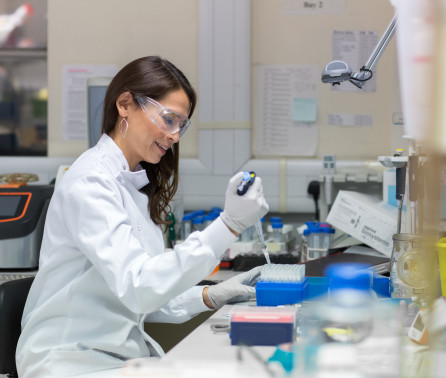BibTex format
@article{Ming:2022:10.1371/journal.pdig.0000005,
author = {Ming, DK and Hernandez, B and Sangkaew, S and Vuong, NL and Lam, PK and Nguyet, NM and Tam, DTH and Trung, DT and Tien, NTH and Tuan, NM and Chau, NVV and Tam, CT and Chanh, HQ and Trieu, HT and Simmons, CP and Wills, B and Georgiou, P and Holmes, AH and Yacoub, S},
doi = {10.1371/journal.pdig.0000005},
journal = {PLOS Digital Health},
pages = {e0000005--e0000005},
title = {Applied machine learning for the risk-stratification and clinical decision support of hospitalised patients with dengue in Vietnam},
url = {http://dx.doi.org/10.1371/journal.pdig.0000005},
volume = {1},
year = {2022}
}
RIS format (EndNote, RefMan)
TY - JOUR
AB - BackgroundIdentifying patients at risk of dengue shock syndrome (DSS) is vital for effective healthcare delivery. This can be challenging in endemic settings because of high caseloads and limited resources. Machine learning models trained using clinical data could support decision-making in this context.MethodsWe developed supervised machine learning prediction models using pooled data from adult and paediatric patients hospitalised with dengue. Individuals from 5 prospective clinical studies in Ho Chi Minh City, Vietnam conducted between 12th April 2001 and 30th January 2018 were included. The outcome was onset of dengue shock syndrome during hospitalisation. Data underwent random stratified splitting at 80:20 ratio with the former used only for model development. Ten-fold cross-validation was used for hyperparameter optimisation and confidence intervals derived from percentile bootstrapping. Optimised models were evaluated against the hold-out set.FindingsThe final dataset included 4,131 patients (477 adults and 3,654 children). DSS was experienced by 222 (5.4%) of individuals. Predictors were age, sex, weight, day of illness at hospitalisation, indices of haematocrit and platelets over first 48 hours of admission and before the onset of DSS. An artificial neural network model (ANN) model had best performance with an area under receiver operator curve (AUROC) of 0.83 (95% confidence interval [CI], 0.76–0.85) in predicting DSS. When evaluated against the independent hold-out set this calibrated model exhibited an AUROC of 0.82, specificity of 0.84, sensitivity of 0.66, positive predictive value of 0.18 and negative predictive value of 0.98.InterpretationThe study demonstrates additional insights can be obtained from basic healthcare data, when applied through a machine learning framework. The high negative predictive value could support interventions such as early discharge or ambulatory patient management in this population. Work is underway to incorporate t
AU - Ming,DK
AU - Hernandez,B
AU - Sangkaew,S
AU - Vuong,NL
AU - Lam,PK
AU - Nguyet,NM
AU - Tam,DTH
AU - Trung,DT
AU - Tien,NTH
AU - Tuan,NM
AU - Chau,NVV
AU - Tam,CT
AU - Chanh,HQ
AU - Trieu,HT
AU - Simmons,CP
AU - Wills,B
AU - Georgiou,P
AU - Holmes,AH
AU - Yacoub,S
DO - 10.1371/journal.pdig.0000005
EP - 0000005
PY - 2022///
SP - 0000005
TI - Applied machine learning for the risk-stratification and clinical decision support of hospitalised patients with dengue in Vietnam
T2 - PLOS Digital Health
UR - http://dx.doi.org/10.1371/journal.pdig.0000005
UR - https://journals.plos.org/digitalhealth/article?id=10.1371/journal.pdig.0000005
UR - http://hdl.handle.net/10044/1/95045
VL - 1
ER -
